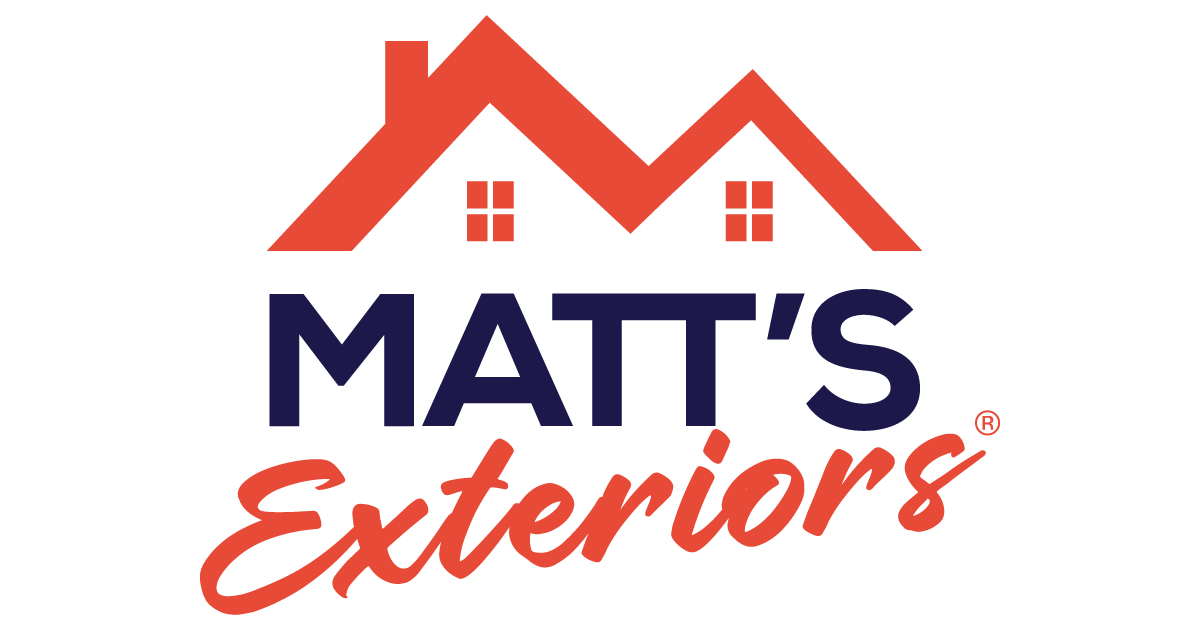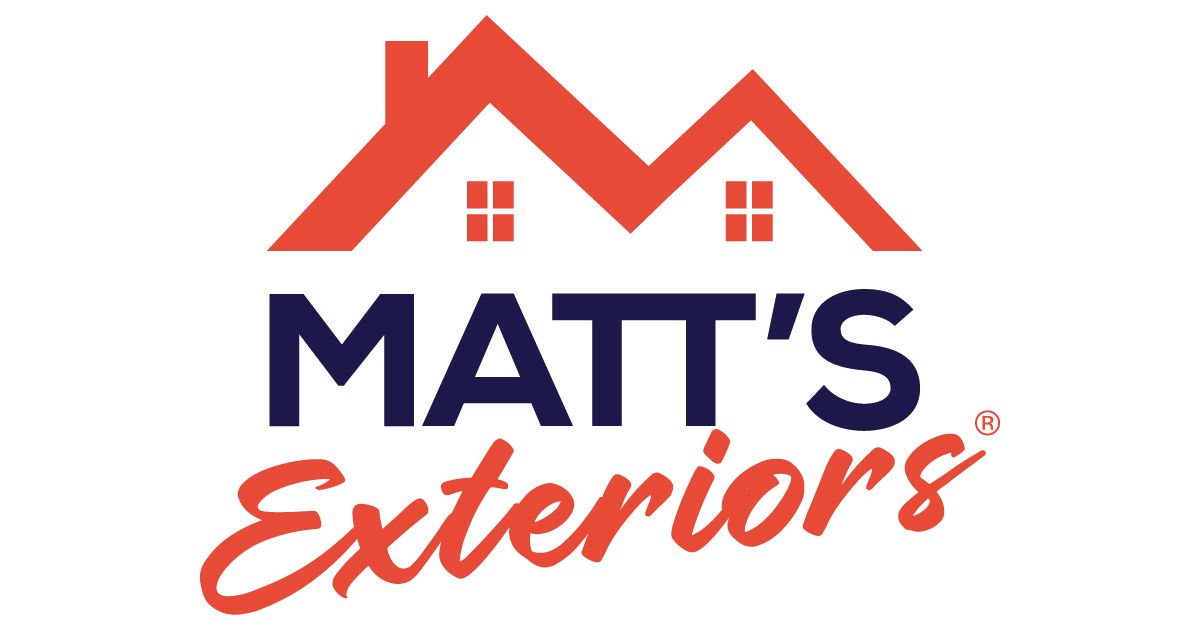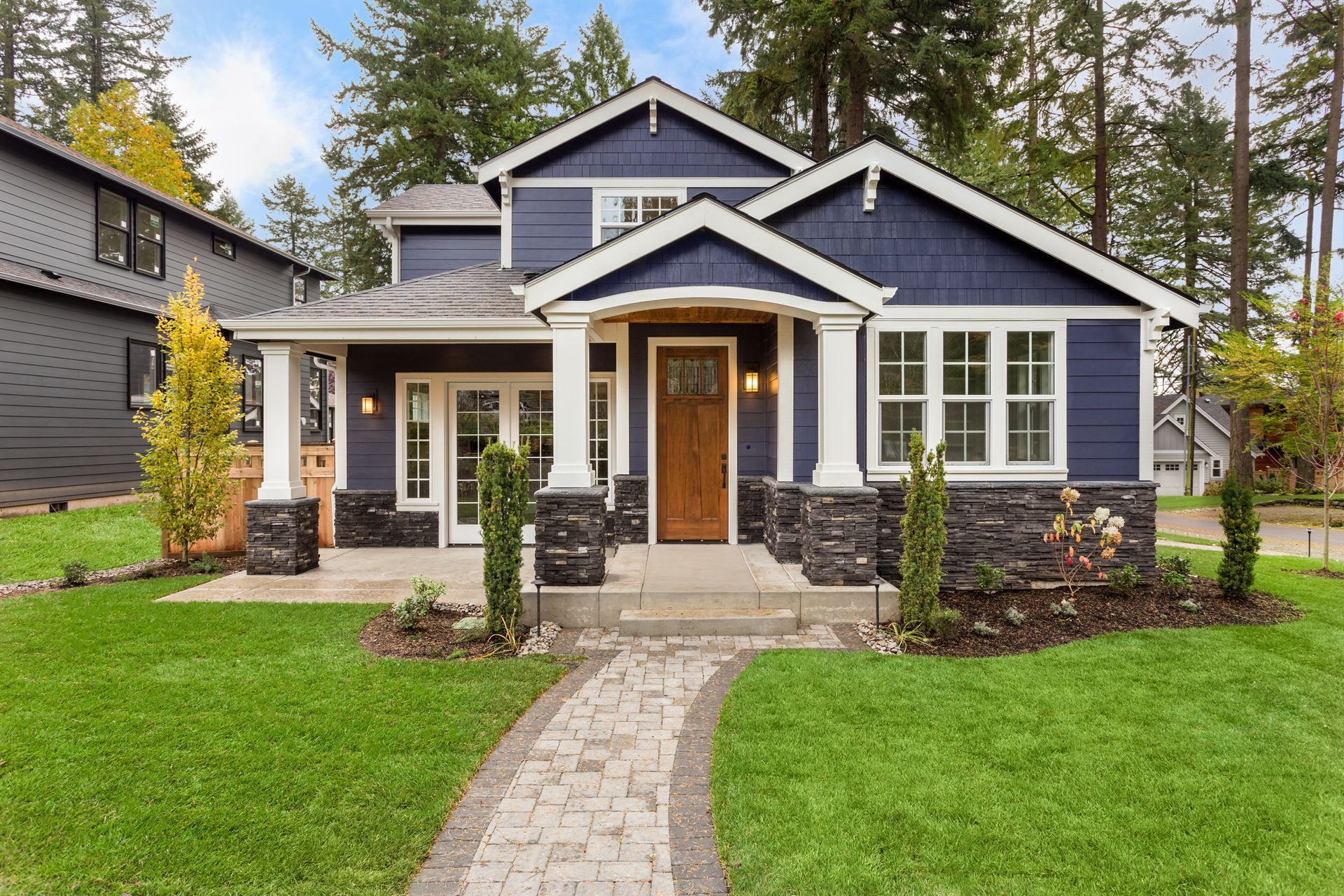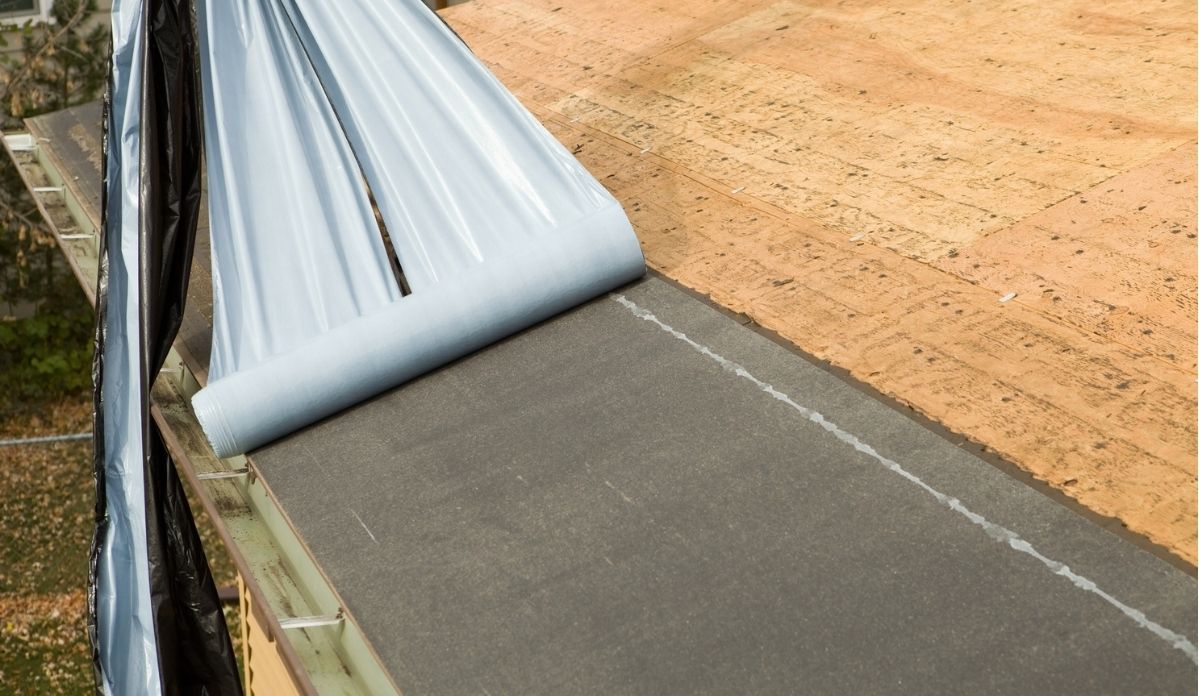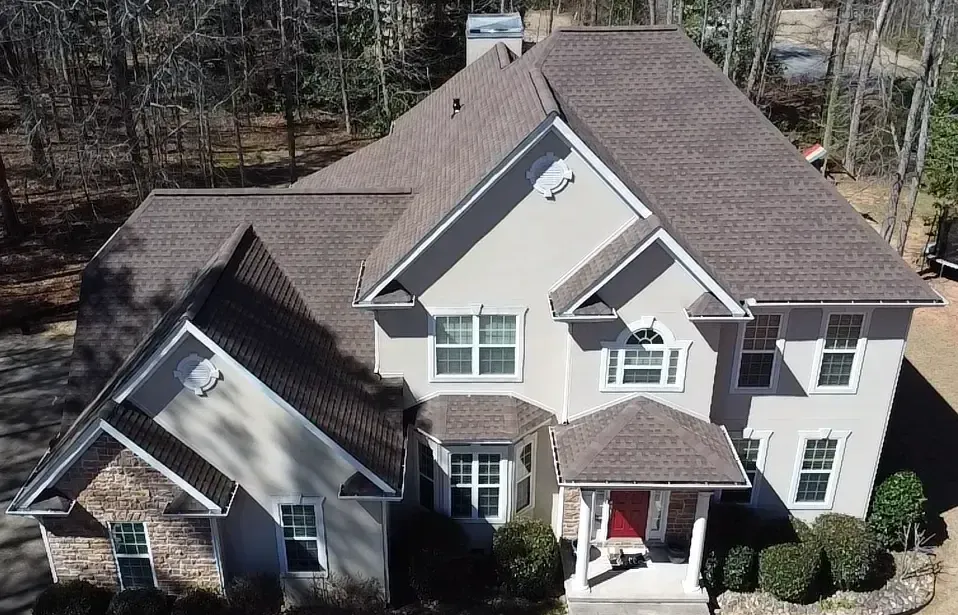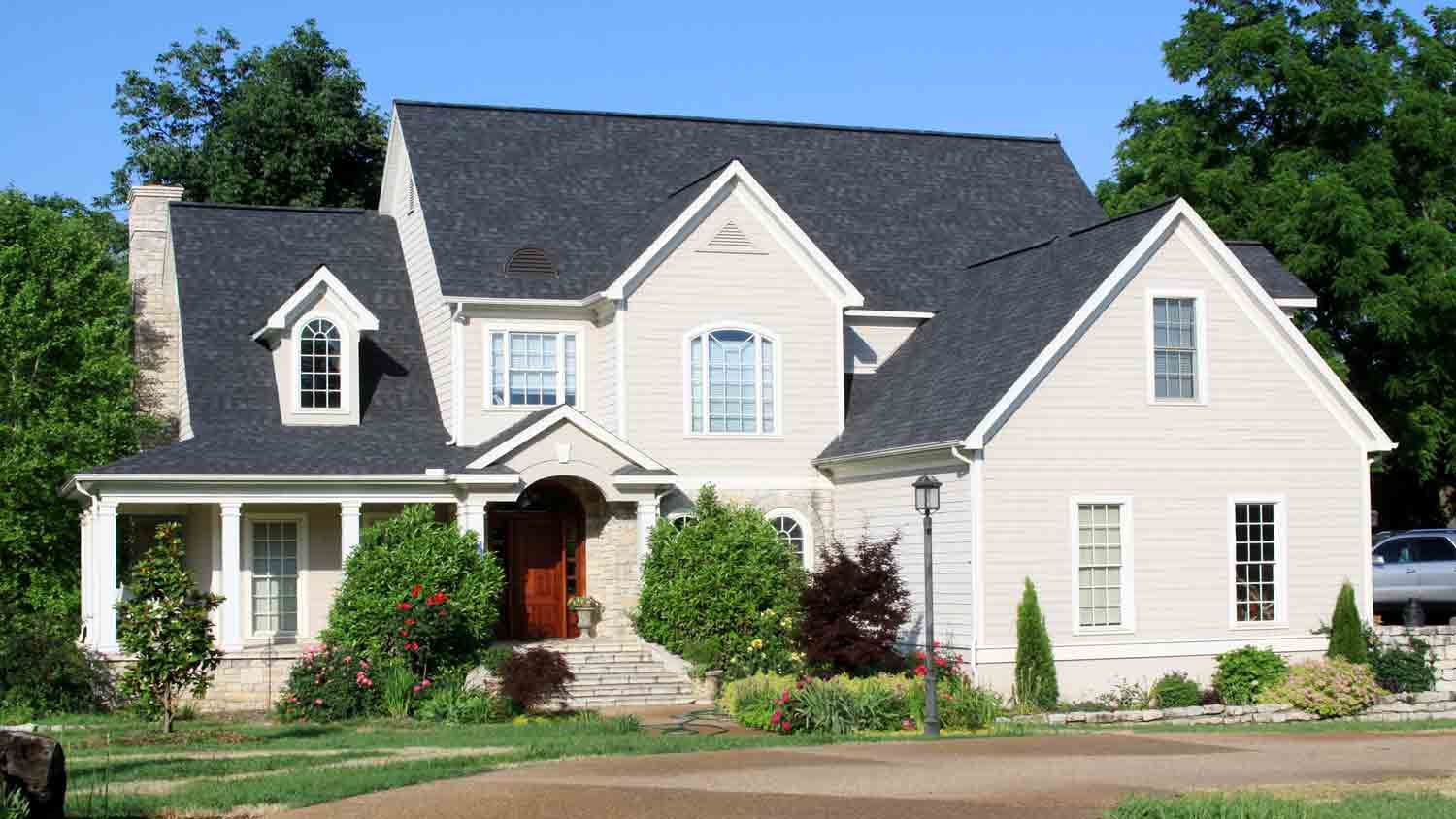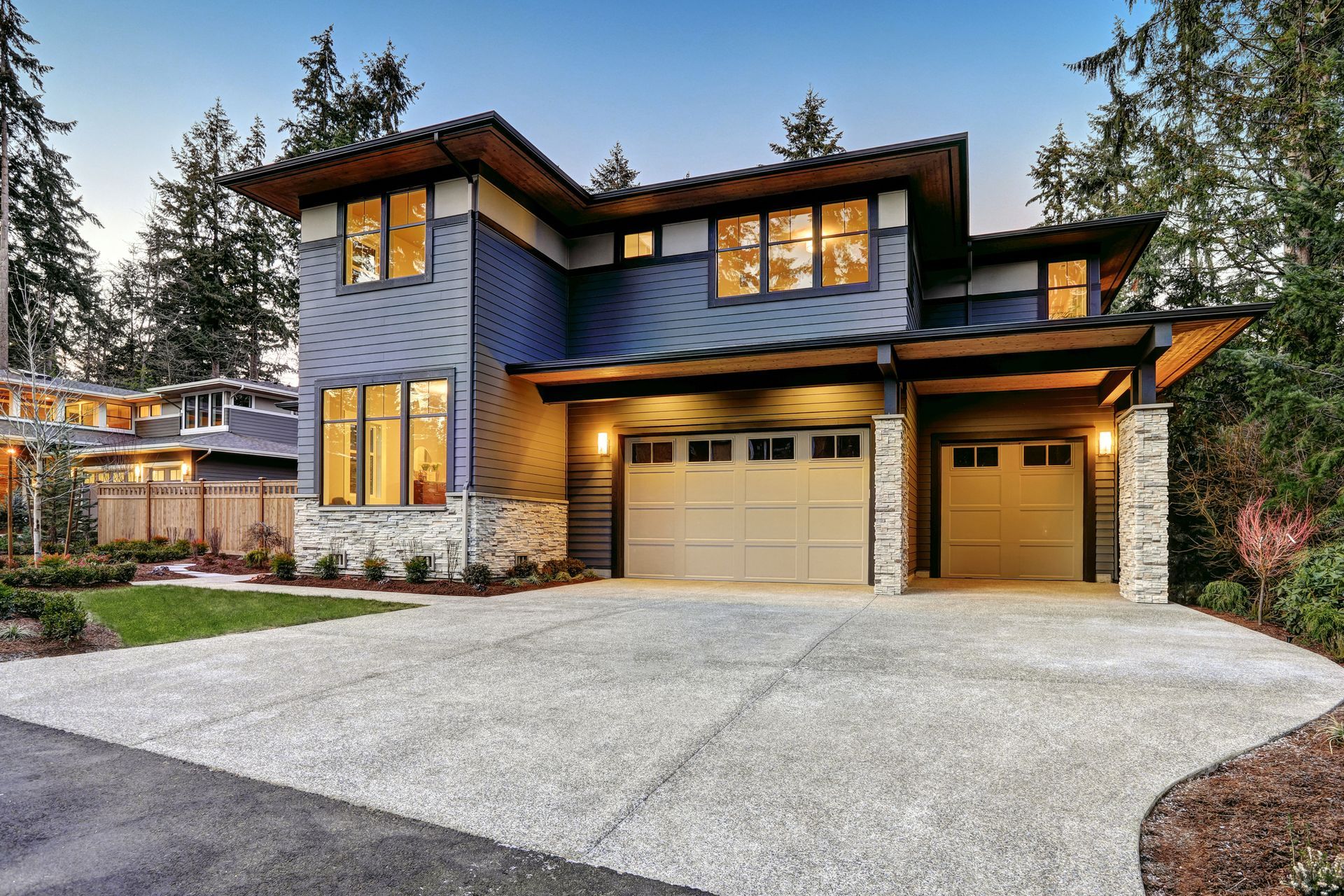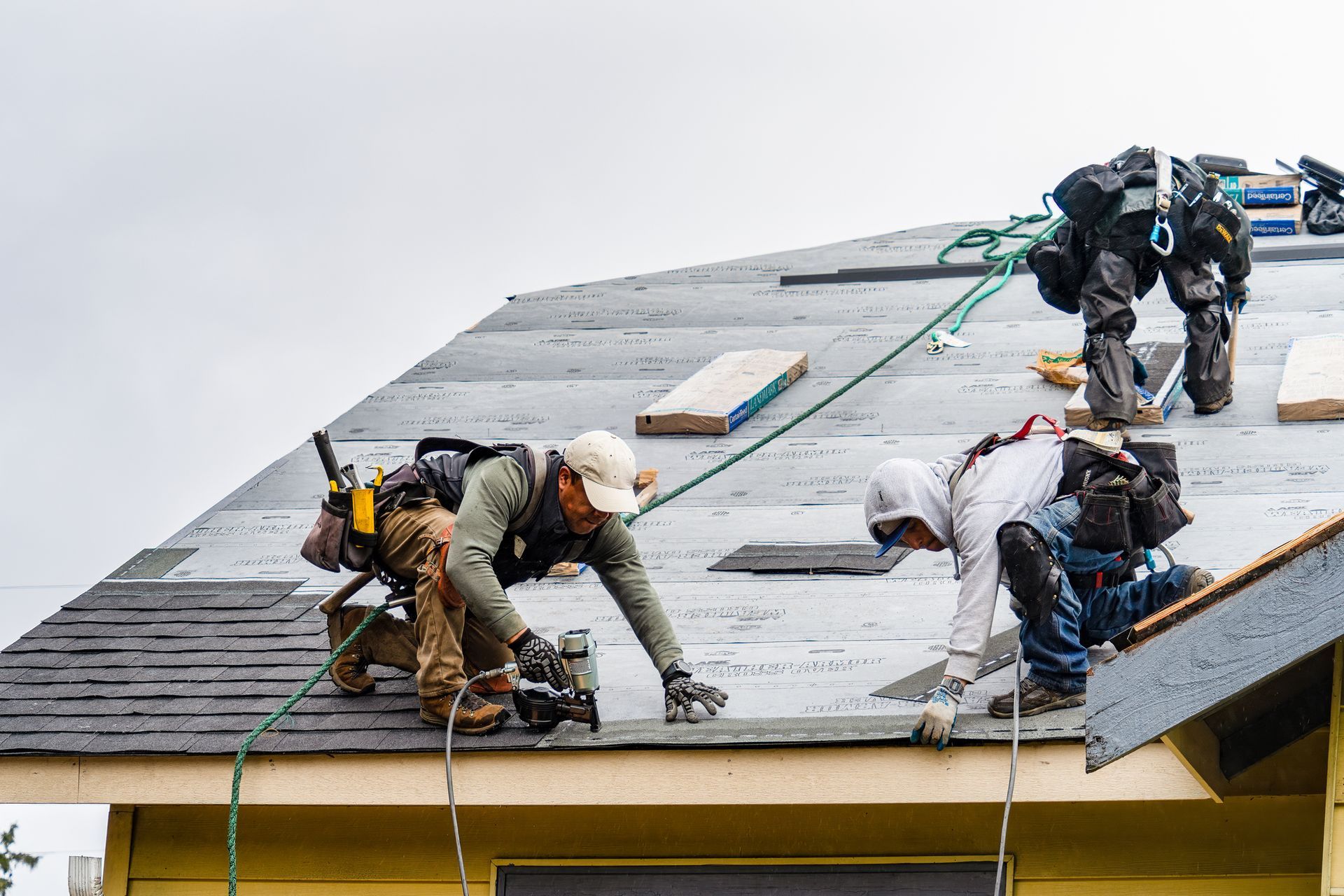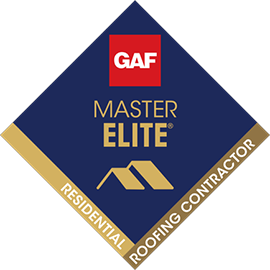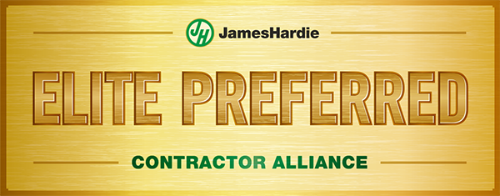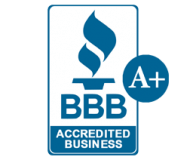The Complete James Hardie Siding Style Guide
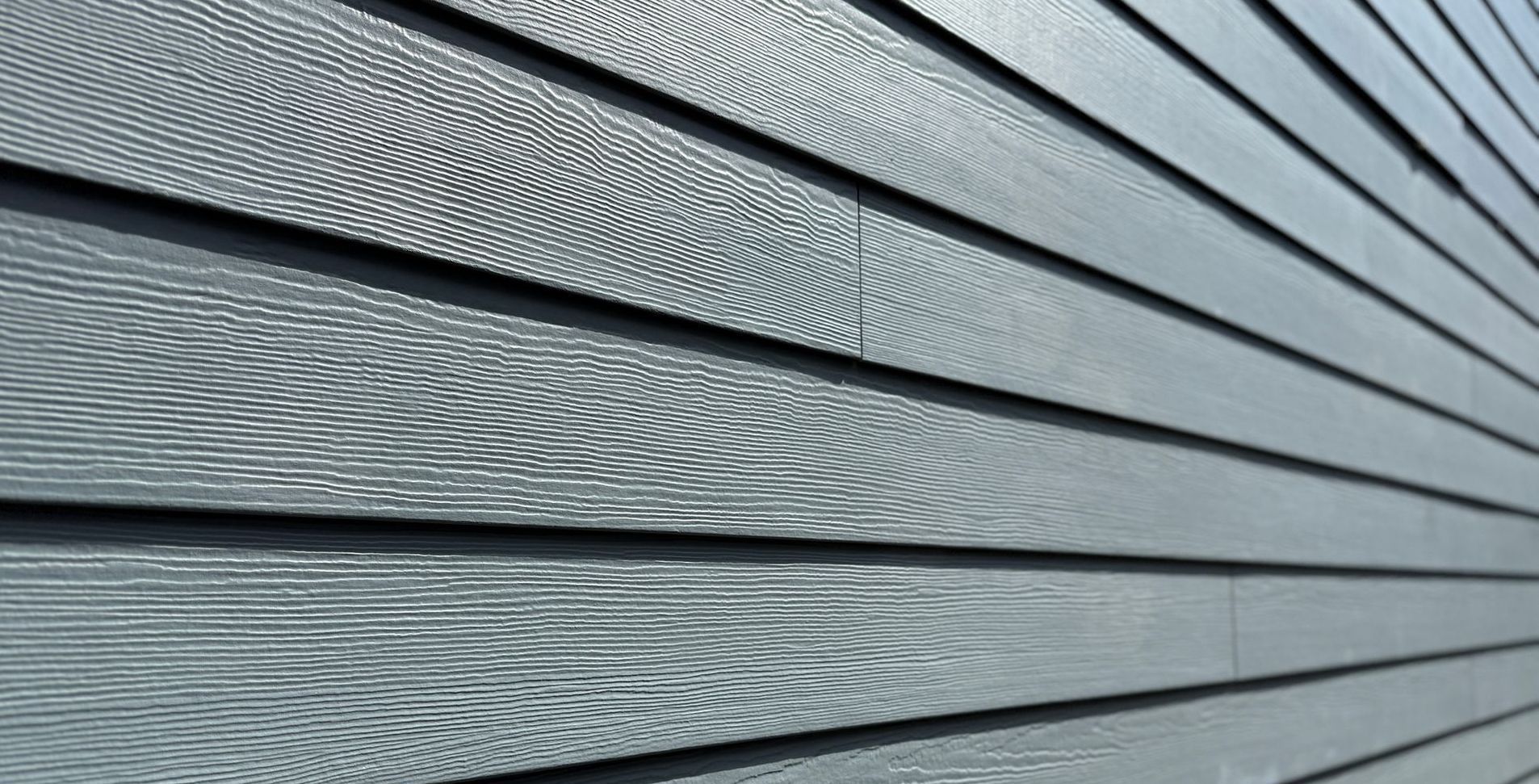
Siding is one of the most important design and performance decisions you’ll make for your home. It defines how your house looks, how well it’s protected, and how much maintenance you’ll deal with over time.
This guide breaks down the siding styles and profiles available through James Hardie.
Hardie Plank Lap Siding
Cedarmill
- Texture: Woodgrain texture that mimics natural cedar
- Look: Traditional and inviting
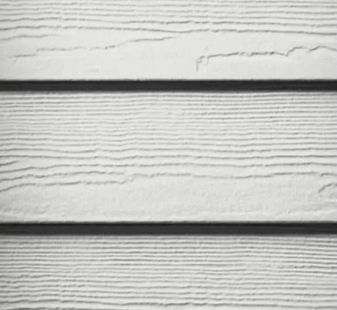
Beaded Smooth
Texture: Completely smooth with a beaded edge
Look: Clean and refined with elegant beaded detail
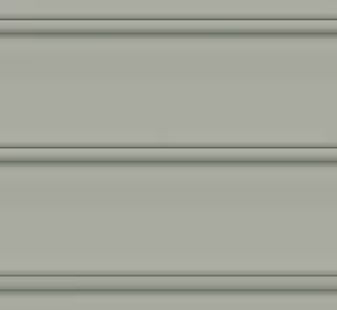
Smooth
- Texture: No grain—completely flat and smooth
- Look: Sleek and understated
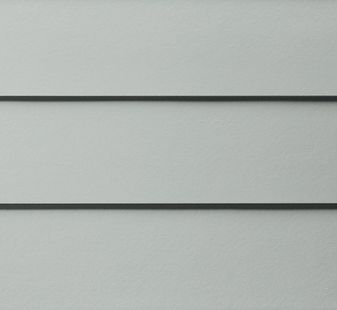
Beaded Cedarmill
Texture: Natural cedar-like woodgrain with a beaded edge
Look: Traditional with a touch of Southern elegance
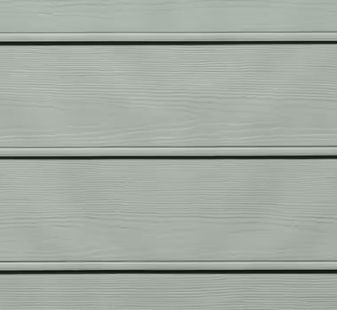
Example of James Hardie Cedarmill Lap Siding

Panel Siding
Smooth Panel
- Texture: Completely smooth/flat.
- Look: Clean and modern profile.
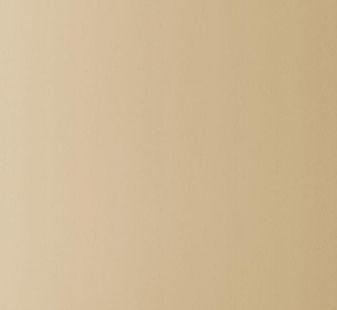
Stucco Panel
- Texture: Light stucco finish.
- Look: Mimics hard-trowel stucco with a softer texture.
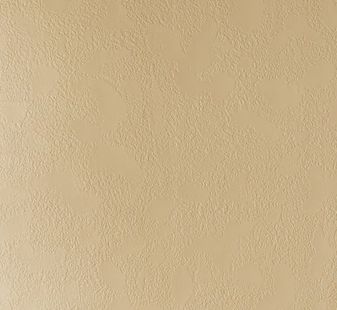
Cedarmill Panel
- Texture: Woodgrain surface.
- Look: Natural, rustic texture in a vertical format.
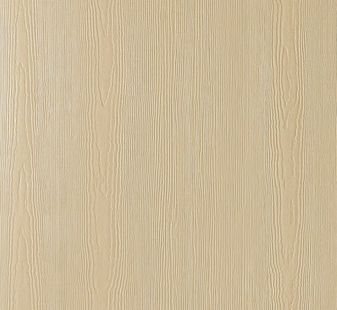
Sierra 8 Panel
- Texture: Woodgrain finish with vertical grooves 8" apart.
- Look: Rustic barn aesthetic.
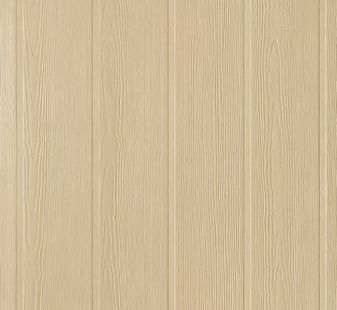
Example of James Hardie Smooth Panel

Board & Batten
James Hardie doesn't make pre-fabricated board-and-batten siding—it is created it by pairing vertical panels with battens(HardieTrim boards) to create this iconic, dimensional look.
- Look: Wide vertical panels with raised trim strips every 12–16".
- Finish Options: Smooth or Cedarmill panel options available.
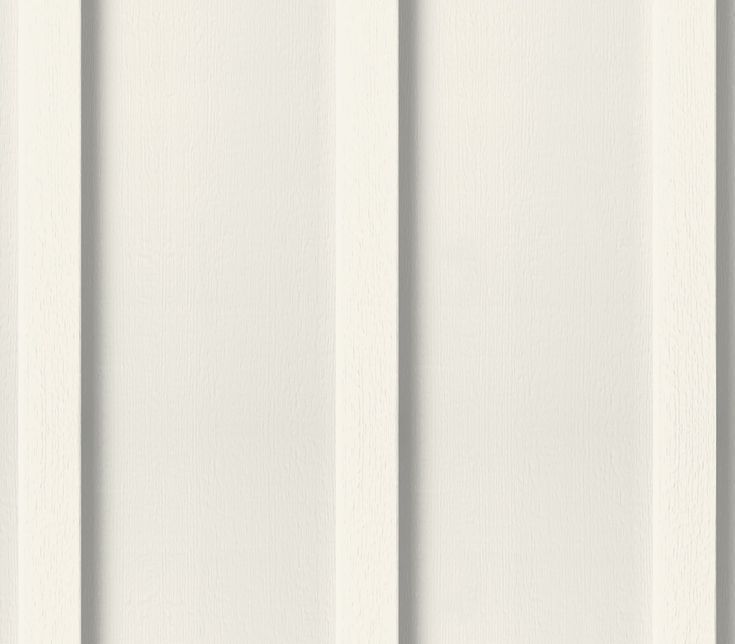
Example of James Hardie Board & Batten

Shingle/Shake Siding
Straight
- Texture: Wood grain texture
- Look: Uniform bottom edges for a clean, refined look
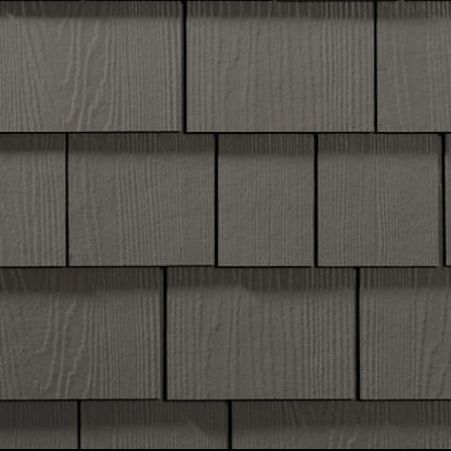
Staggered
Texture: Wood grain texture
Look: Irregular bottom edges for a rustic, textured look.
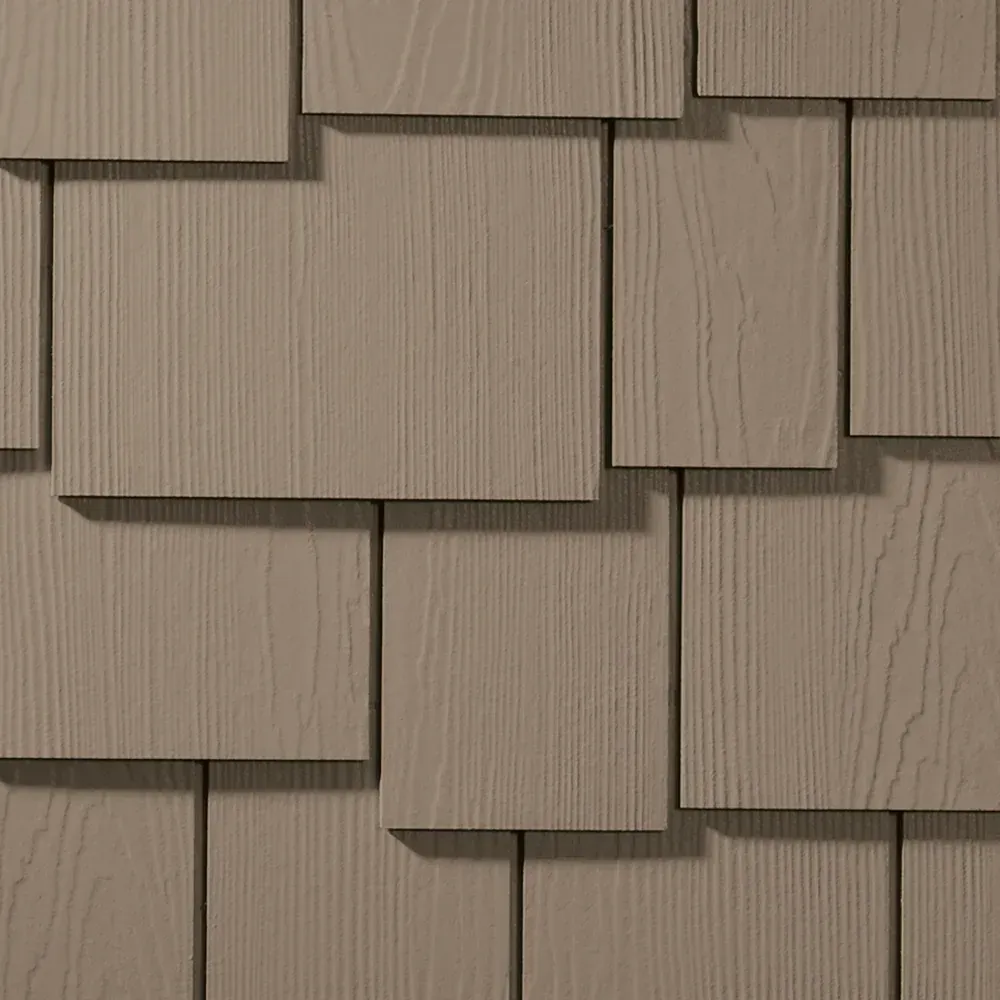
Example of James Hardie Staggered Shake Siding

Architectural Panel
Fine Sand
- Texture: Subtle sand-like finish for soft visual texture.
- Look: Sleek and matte—ideal for minimal modern exteriors.
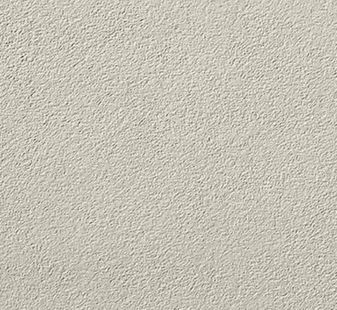
Sea Grass
- Texture: Linear pattern mimicking woven fiber or wood slats.
- Look: Subtle horizontal motion; pairs well with steel or stone.
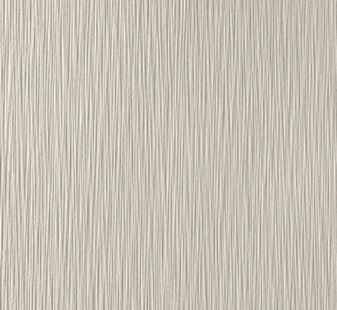
Mounded Sand
- Texture: Heavier texture with organic sand pattern.
- Look: More natural texture; excellent for tactile contrast.
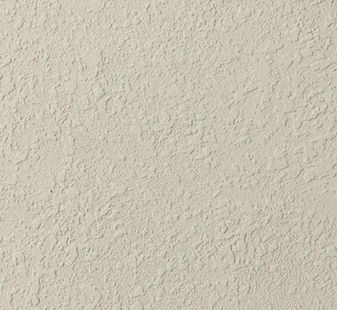
Sculpted Clay
- Texture: Gently wavy surface with an organic, flowing pattern
- Look: Adds soft movement to flat wall spaces without being overly bold or decorative.
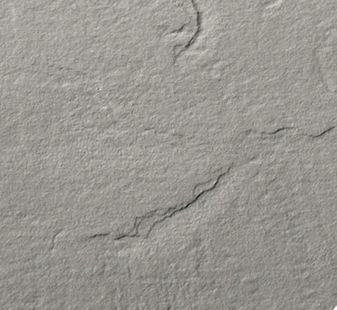
Example of James Hardie Architectural Siding

Artisan Siding
Shiplap
- Texture: Smooth.
- Look: Horizontal boards with a tight, overlapping joint that creates a flush, uniform face.
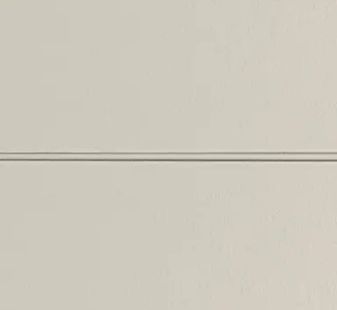
Square Channel
- Texture: Smooth.
- Look: Flat boards separated by squared recessed channels.
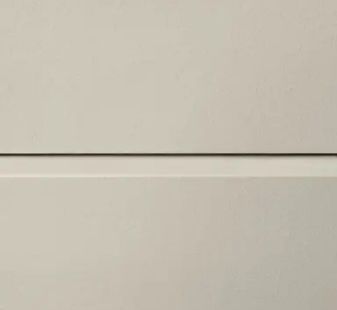
V-Groove
- Texture: Smooth.
- Look: Horizontal siding with narrow, v-shaped grooves between boards.
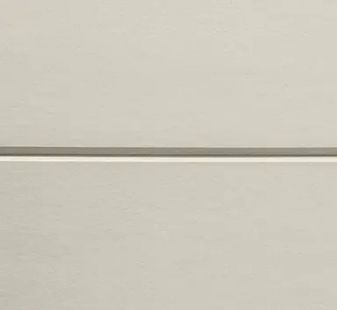
Example of James Hardie Artisan Siding

Conclusion
At the end of the day, the right siding style comes down to what fits your home’s architecture, your budget, and your long-term goals. Whether you're after a clean, modern look, something more traditional, or a blend of textures and profiles, there's a combination that will get you there—and hold up over time.
James Hardie offers a wide range of options, from standard lap and shake profiles to more design-driven panels like Artisan and the Architectural Collection. But the product is only half the equation. What matters just as much is how it’s installed, how it fits your home, and whether it’s the right fit for your environment and style.
FAQ (Frequently Asked Questions)
Can I mix different Hardie siding styles on one house?
Yes! In fact, combining styles like lap siding with shake in the gables, or board-and-batten with Artisan® V-Groove, is one of the best ways to add dimension and curb appeal. We’ll help you design a blend that fits your home’s architecture and your personal style.
What’s the difference between Hardie Plank, Hardie Panel, and the Artisan line?
- Hardie Plank is the classic horizontal lap siding—great for most home styles.
- Hardie Panel is vertical siding, ideal for board-and-batten designs or modern vertical layouts.
- The Artisan Collection is James Hardie’s premium line—thicker boards, deeper shadow lines, and more high-end architectural profiles.
How durable is Hardie siding compared to wood or vinyl?
James Hardie siding is made of fiber cement, which resists rot, termites, fire, and weather damage far better than wood or vinyl. It’s extremely low-maintenance and built to last decades—especially when installed by a certified contractor like Matt’s Exteriors.
What kind of warranty does James Hardie offer?
Most Hardie siding products come with a 30-year, non-prorated limited warranty. ColorPlus finishes are covered for 15 years against peeling, cracking, and chipping. And when you work with Matt’s Exteriors, we install to manufacturer specs so your warranty stays protected.
